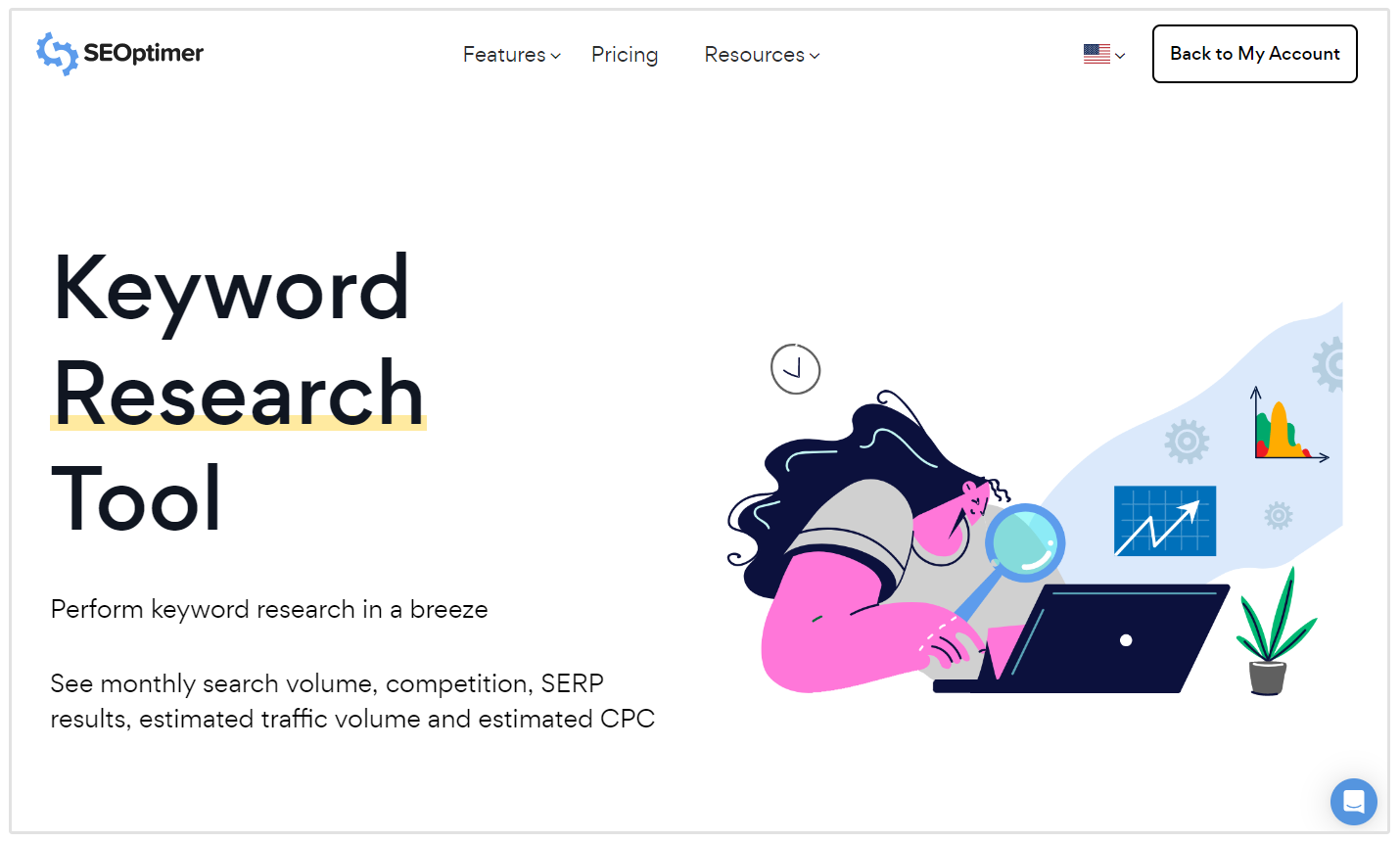Revealing the Effect of Additional Dimension in Google Analytics on Information Analysis and Insights
In the realm of information analytics, the usage of second dimensions within Google Analytics has actually arised as an essential tool for drawing out deeper insights and unraveling facility patterns that could or else continue to be covered. By peeling back the layers of main data sets, additional measurements supply a nuanced point of view that enhances the understanding of customer behavior, web site efficiency, and the performance of advertising and marketing methods.
Checking Out the Principle of Secondary Measurements
Second measurements in Google Analytics offer extra understandings by enabling individuals to assess main data combined with an additional attribute. This attribute allows a more extensive understanding of the main information by adding an additional layer of details for evaluation. By integrating second dimensions, customers can delve much deeper into the data and discover beneficial correlations that may or else go undetected. By pairing the primary data of website web traffic with additional measurements like demographics or behavior, marketing professionals can acquire a more detailed view of their target market and tailor their approaches appropriately.
Recognizing the concept of additional dimensions is vital for taking full advantage of the potential of Google Analytics. It enables customers to section information efficiently, recognize patterns, and make informed decisions based upon a more complete image of their analytics data. By discovering the various additional measurements available in Google Analytics, customers can open new understandings and optimize their electronic marketing efforts. Basically, additional dimensions work as an effective device for boosting information analysis and driving actionable results.
Enhancing Information Analysis With Second Measurements
Having actually established the foundational understanding of secondary measurements in Google Analytics and their crucial role in information evaluation, the emphasis now shifts in the direction of leveraging these additional credit to boost the analysis of analytics information (what is a secondary dimension in google analytics). By integrating secondary measurements into data evaluation, analysts can obtain deeper understandings right into user habits, internet site performance, and advertising and marketing performance

Furthermore, second measurements assist in contextualizing main information metrics by providing extra layers of information. This contextualization aids in recognizing the 'why' behind the data fads, aiding experts make informed choices and optimizations to boost overall performance. Inevitably, including second dimensions enhances the data interpretation procedure, resulting in even more strategic activities and meaningful insights.
Revealing Hidden Insights With Additional Measurements
Exploring the depths of analytics information with additional measurements exposes useful understandings that would otherwise remain covered. By including additional dimensions in Google Analytics, businesses can unearth concealed patterns, patterns, and relationships that offer an even more comprehensive understanding of customer actions and web site efficiency. These added layers of data allow experts to dig deeper into the main dimensions, such as web traffic resources or touchdown pages, and acquire an extra nuanced perspective on exactly how various variables connect with each other.
With the use of secondary dimensions, experts can sector and compare data throughout numerous measurements, allowing them to determine particular variables that affect individual interaction, conversion prices, and total success metrics. By coupling the main dimension of 'device classification' with the second measurement of 'age team,' online marketers can identify which age demographics like accessing the website via mobile devices versus desktop computers.
Leveraging Secondary Measurements for Actionable Analytics
Structure upon the understandings unveiled with second dimensions in Google Analytics, services can now harness this enriched information landscape to drive workable analytics and strategic decision-making. By leveraging secondary dimensions, companies can dig deeper right into their data to remove useful patterns, trends, and relationships that might have previously gone unnoticed. This deeper degree of evaluation allows businesses to get a much more detailed understanding of customer habits, campaign efficiency, and overall website efficiency.
One trick advantage of making use of secondary dimensions for actionable analytics is the ability to section data based upon specific criteria. This division enables companies to customize their campaigns and techniques to different audience groups, leading visit this page to much more targeted and reliable advertising efforts - what is a secondary dimension in google analytics. Furthermore, additional measurements supply a more all natural sight of customer communications, making it possible for companies to optimize their internet site web content, style, and general individual experience
Maximizing Decision-Making With Secondary Dimensions
To boost strategic decision-making in analytics, leveraging second measurements in Google Analytics can supply a more nuanced perspective on customer habits and campaign performance. By including second measurements into information evaluation, services can dig deeper into the specifics of their site visitors' interactions and involvement patterns. This added layer of details permits a much more thorough understanding of just how various variables, such as demographics, devices, or web traffic resources, impact essential performance signs.

Conclusion
In verdict, making visit here use of second measurements in Google Analytics plays a critical duty in enhancing data evaluation and uncovering concealed insights. By discovering this idea, one can obtain a deeper understanding of user behavior and make informed decisions based on workable analytics. Leveraging second dimensions enables for a more extensive analysis of information and makes the most of the performance of decision-making processes.

Comments on “Discovering the Principle of Secondary Dimensions in Google Analytics: Definition and Calculated Execution”